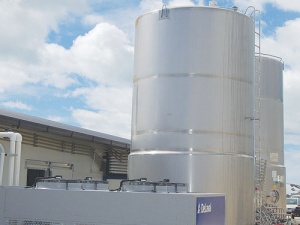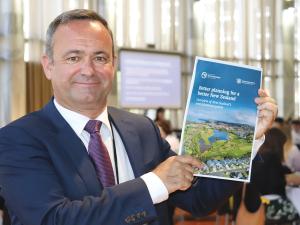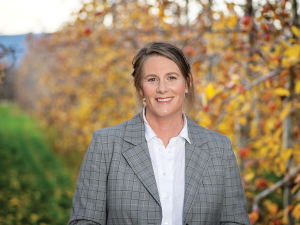Under the new standards, raw milk must:
be cooled to 10 degrees C or below within four hours of the start of milking; and
be cooled to 6 degrees C or below within the sooner of:
i) six hours of the start of milking, or
ii) two hours from the completion of milking; and
be held at or below 6 degrees C without freezing until collection or the next milking; and
not exceed 10 degrees C during subsequent milkings.
Where there is continuous or extended milking, such as in automated milking systems, the milk must enter the bulk milk tank at 6 degrees C or below. (Continuous milking is defined as milking for six hours or longer from the time the milk first enters any bulk milk tank.)
Farm dairy operators must have an auditable system that confirms milk cooling requirements are met.
As a minimum, milk cooling performance must be monitored and recorded on at least two occasions per dairy season, including:
about the time of peak milk production; and
February each year.
Where electronic data capture and recording systems are installed, MPI recommends that such systems be capable of holding delivery line and bulk milk tank temperature data for the previous 30 days for milk and CIP.
 Fonterra recommends using the checklist below to assess whether the farm’s cooling system is likely to meet the proposed new cooling regulations.
Fonterra recommends using the checklist below to assess whether the farm’s cooling system is likely to meet the proposed new cooling regulations.
By assessing your system at two specific times in the season, you will get a bigger picture of its performance relative to the new standards. These times are:
1. Peak milk production, when milk cooling systems are likely to be under the most pressure; and
2. February, when air temperature is usually highest.
By completing this assessment you are taking a snapshot of your cooling performance, which only provides an indication of current temperature. It does not necessarily mean you will meet the standards for 365 days of the year.
If you remove milk from the milking system to determine its temperature, do not return it to the vat. Use an accurate temperature gauge suitable for use in the farm dairy (i.e. no glass thermometers).
If you answer ‘no’ to any of the questions that apply to your situation, contact your refrigeration specialist to review your vat refrigeration and discuss changes needed to meet the new standards.
Look at simple solutions before implementing expensive changes. Fonterra recommends you research options and shop around if you decide to install a new cooling system. Acting early will mean you are less likely to get caught by higher costs and long waits for refrigeration suppliers.









